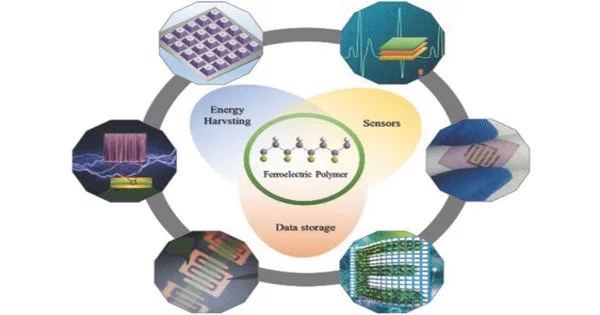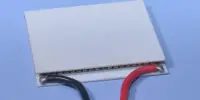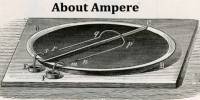Ferroelectric polymers are a type of organic material that exhibits ferroelectricity, which is the ability to maintain a permanent electric polarization in the absence of an external electric field. This property arises from the unique molecular structure of these polymers, which allows them to align their dipoles in a particular direction.
Ferroelectric polymers are a class of crystalline polar polymers that are also ferroelectric, meaning that their electric polarization can be reversed or switched in an external electric field. Because of their inherent piezoelectric response, ferroelectric polymers such as polyvinylidene fluoride (PVDF) are used in acoustic transducers and electromechanical actuators, as well as heat sensors.
A ferroelectric polymer must have permanent electrical polarization that can be reversed by an opposing electric field on a regular basis. Dipoles in the polymer can be randomly oriented, but applying an electric field aligns the dipoles, resulting in ferroelectric behavior. The material must be below its Curie Temperature for this effect to occur. The polymer exhibits paraelectric behavior above the Curie Temperature, which prevents ferroelectric behavior because the electric fields do not align.
Ferroelectric polymers have several potential applications, including in electronic memory devices, sensors, actuators, and energy storage devices. They have the advantage of being flexible, lightweight, and easy to process, making them suitable for use in a wide range of applications.
Some examples of ferroelectric polymers include polyvinylidene fluoride (PVDF), poly(vinylidene fluoride-co-trifluoroethylene) (PVDF-TrFE), and poly(vinylidene fluoride-co-hexafluoropropylene) (PVDF-HFP). These polymers have been extensively studied and have demonstrated excellent ferroelectric properties, making them promising materials for use in various applications.
A ferroelectric polymer must have permanent electrical polarization that can be reversed by an opposing electric field on a regular basis. Dipoles in the polymer can be randomly oriented, but applying an electric field aligns the dipoles, resulting in ferroelectric behavior. The material must be below its Curie Temperature for this effect to occur. The polymer exhibits paraelectric behavior above the Curie Temperature, which prevents ferroelectric behavior because the electric fields do not align.
Overall, ferroelectric polymers are an exciting and rapidly developing field of research, with significant potential for a wide range of technological applications.
















